|
Basic Color Terms The Color Wheel; The color wheel identifies what color family interior paint colors belong to and how they relate to each other. Primary Colors; All colors, with the exception of white, come from primary colors. Blue, yellow and red are the primary colors; combinations of these three colors produce secondary colors. Secondary Colors; Mix equal amounts of two primary colors to create secondary colors. The results are violet (red and blue), green (blue and yellow) and orange (red and yellow). Tertiary Colors; Mix one primary color with larger amounts of another primary color to create tertiary colors. For example, mix one part blue with two parts red to make red-violet. Other Color Terms;
The Effects of Color Different wall colors affect our moods in different ways. Let’s say that you've decided emerald green, your favorite color, is going to be the main focus in your room. Before you buy gallons of emerald green paint, consider the effect it will have on the appearance and mood of the room. Warm and Cozy Colors; Warm and cozy colors, located on the right side of the color wheel, convey a message of togetherness and strength:
Cool and Soothing Colors; Cool and soothing colors, located on the left side of the color wheel, provide a sense of calm and feelings of trust:
Pastel Colors; Pastel colors are the result of adding a large amount of white to colors. They create a comfortable, airy feeling in any room. Neutral Colors; Neutral colors include shades of white, beige, taupe, gray and black. Neutral colors are the easiest colors to use for one obvious reason: They blend with most surroundings. Neutral colors can also be stylish and dramatic. For instance, black and white are neutral colors that create a wonderful palette for additional colors. If you choose neutral colors, use bold-colored accessories to accent the walls and add interest. When you’re ready for a change, simply change out the accessories. Various Color Schemes A color scheme is any set of colors that work together to create a visually appealing layout. The following are suggested painting ideas, but the possible combinations are limitless. Complementary Colors; Complementary colors are located opposite each other on the color wheel. Each color brings out the richness in the other. When using complementary colors, one color should be subtle and the other color should be more dominant. For example, an intense, dark violet should be paired with a medium to light yellow. Split Complementary Colors; Split complementary colors offer a wild and daring color palette. Select a main color. Next, find the complementary color, and select colors from each side of the complementary color. These colors are excellent when layering a faux finish. Related Colors; Related colors are located next to each other on the color wheel. These colors produce a less contrasting effect than complementary colors. For example, a dark blue-green combined with a light blue can give the feeling of floating in a blue lagoon. Monochromatic Colors; Monochromatic colors are colors with the same hue but different tones, values and saturation. For example, a paint swatch card has several different values of one color. Using two or more monochromatic colors creates a stylish and pleasant look. Planning Your Color Scheme Here are a few tips when planning your color scheme:
Using Color to Create an Illusion Use colors to create an illusion in any room by contrasting different values; light and dark, warm and cool:
Using Accent Colors to Change a Room Use accent colors, whether bold or subtle, to pull a room together:
Color Chips and Swatches
Chips and swatches are helpful in the color selection process. Here are a few things to keep in mind:
Tip Remember: To the human eye, most colors on paint chips look a shade darker when applied to real rooms. If you're worried that a color is too dark or bold, consider one shade lighter. How to Read a Paint Color Chip DisplayPaint color chip displays can look like an overwhelming rainbow of choices at first glance. But the displays are organized to help you come up with interior paint ideas.
4 Comments
7/21/2022 02:16:38 am
Great article and very comprehensive, too. As a professional house painting contractor, I personally like pastel colors and anything green for interior painting.
Reply
8/12/2022 12:29:23 pm
Thank you for all your help. Your service was excellent and very FAST. Many thanks for you kind and efficient service. I have already and will definitely continue to recommend your services to others in the future.
Reply
7/24/2023 08:52:08 pm
Thanks for the information on this. Thanks for taking this opportunity to discuss this, I feel fervently about this and I like learning about this subject.
Reply
Leave a Reply. |
AuthorWrite something about yourself. No need to be fancy, just an overview. Archives
February 2020
Categories |
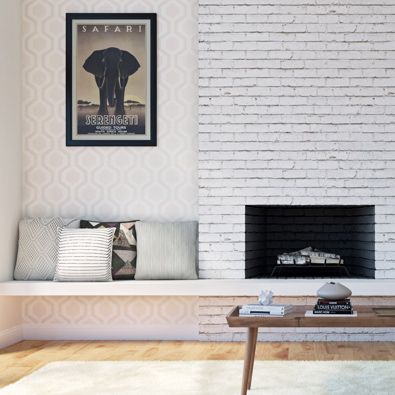
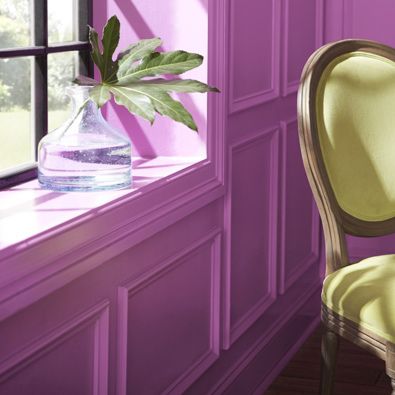
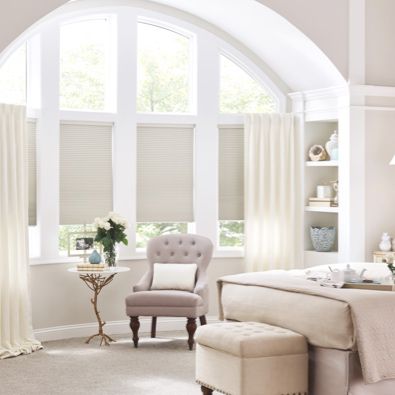
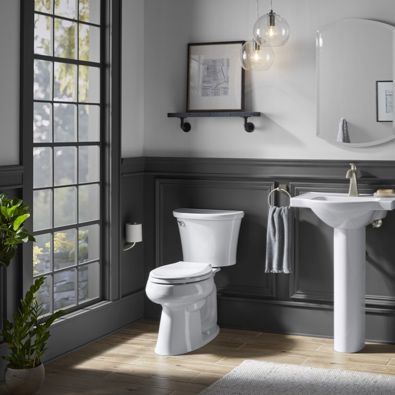
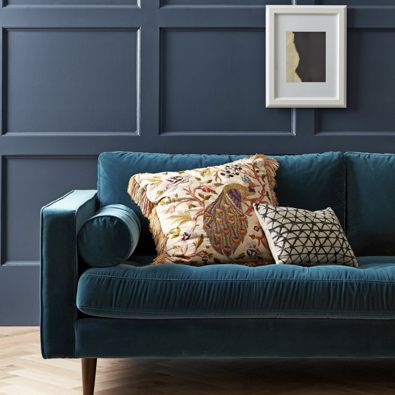
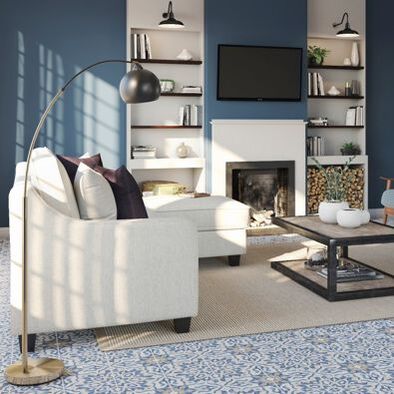
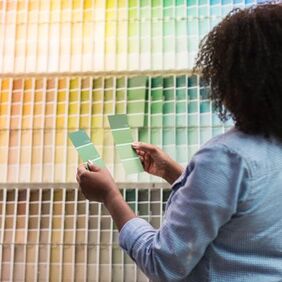
 RSS Feed
RSS Feed